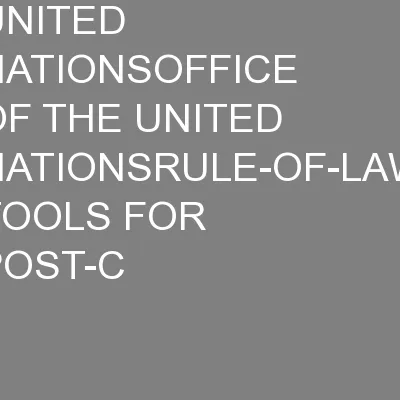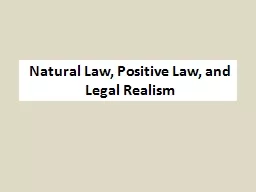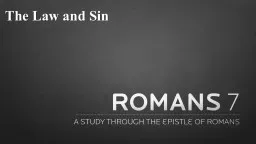PDF-UNITED NATIONSOFFICE OF THE UNITED NATIONSRULE-OF-LAW TOOLS FOR POST-C
Author : cheryl-pisano | Published Date : 2016-07-22
ISBN 9789211541830 OFFICE OF THE UNITED NATIONSRULEOFLAW TOOLS FOR POSTCONFLICT STATESReparations programmesUNITED NATIONSNew York and Geneva 2008 The designations
Presentation Embed Code
Download Presentation
Download Presentation The PPT/PDF document "UNITED NATIONSOFFICE OF THE UNITED NATIO..." is the property of its rightful owner. Permission is granted to download and print the materials on this website for personal, non-commercial use only, and to display it on your personal computer provided you do not modify the materials and that you retain all copyright notices contained in the materials. By downloading content from our website, you accept the terms of this agreement.
UNITED NATIONSOFFICE OF THE UNITED NATIONSRULE-OF-LAW TOOLS FOR POST-C: Transcript
Download Rules Of Document
"UNITED NATIONSOFFICE OF THE UNITED NATIONSRULE-OF-LAW TOOLS FOR POST-C"The content belongs to its owner. You may download and print it for personal use, without modification, and keep all copyright notices. By downloading, you agree to these terms.
Related Documents














